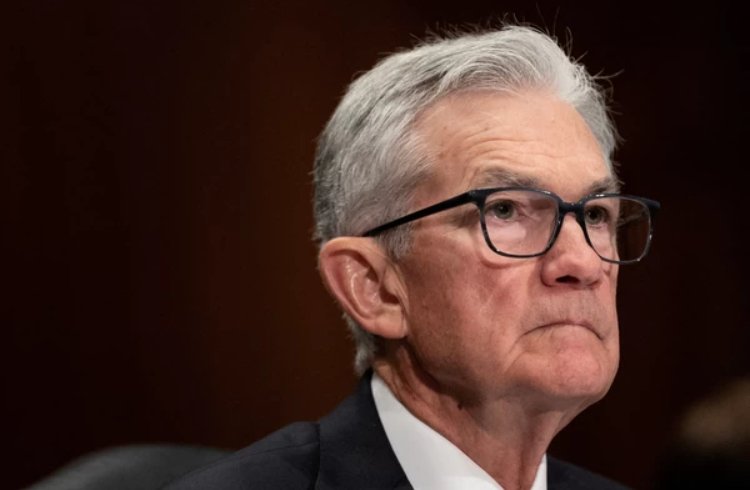Jerome Powell hints on keeping Fed rate stable
Markets don’t like it
In the realm of monetary policy, every word spoken by central bank officials carries weight, and Jerome Powell’s recent hint on maintaining stability in the federal funds rate for the upcoming months has ignited a flurry of speculation and analysis within financial circles. Such remarks, while seemingly innocuous, can have far-reaching consequences for various sectors of the economy and financial markets.

One immediate impact of Powell’s suggestion is on investor sentiment and market expectations. Any indication of a stable federal funds rate can provide a sense of assurance to investors, potentially leading to increased confidence in the economy and bolstering stock market performance. Stable interest rates tend to support asset prices, making equities and bonds more attractive investment options.
Furthermore, businesses rely heavily on borrowing to finance operations and expansion. A stable federal funds rate implies a consistent borrowing cost, allowing businesses to better plan their investment strategies without the uncertainty associated with fluctuating interest rates. This predictability can incentivize firms to undertake long-term projects and capital expenditures, thus stimulating economic growth and job creation.
On the flip side, consumers may experience mixed outcomes. While a stable interest rate environment generally translates to steady borrowing costs for mortgages, auto loans, and credit cards, it may also signal a lack of potential for higher yields on savings accounts and other interest-bearing investments. Savers may find it challenging to earn significant returns on their deposits in such an environment, potentially leading to adjustments in their saving and spending behavior.
Powell’s hint on maintaining the federal funds rate stability could influence inflation expectations. The Federal Reserve closely monitors inflation dynamics and adjusts monetary policy accordingly to achieve its dual mandate of price stability and maximum employment. A prolonged period of stable interest rates might signal to markets that the Fed anticipates inflation to remain subdued in the near term, potentially impacting inflationary pressures and expectations.

Additionally, the housing market could see both positive and negative effects. While stable interest rates may support housing affordability and encourage homebuying activity, they could also dampen refinancing activity as homeowners may perceive less urgency to capitalize on lower borrowing costs. This could have implications for mortgage lenders and related industries.
Jerome Powell’s hint on maintaining stability in the federal funds rate for the upcoming months carries significant implications for various stakeholders in the economy. While it may provide a sense of stability and predictability for investors and businesses, it could also influence consumer behavior, inflation expectations, and housing market dynamics.
Sincerely,
Pele23
I don't really buy the idea of people actually borrowing to make businesses work. It is really out of the point. We must really stroke a balance between both.
His last speech was good and we will see interest rate cut in next couple of months.